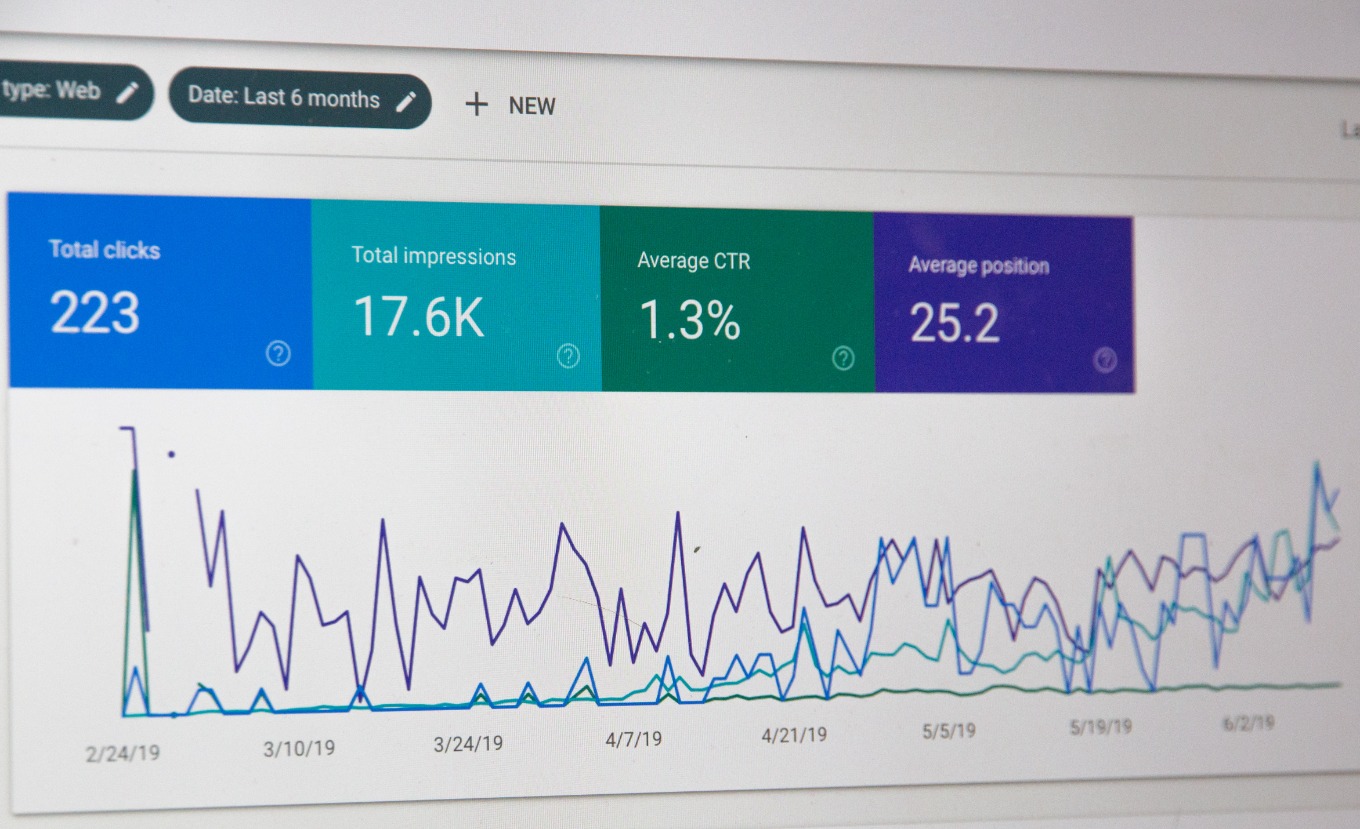How to Budget Effectively for Your Move Management Software Investment
Investing in the right move management software can be a game-changer. It can significantly streamline your relocation processes, whether it's physical assets, human resources, or digital data. However, an investment of this magnitude warrants a meticulously thought-out budget plan. This post outlines how to go about budgeting effectively for your move management software investment.
When considering such an investment, it's crucial to take into account the entire cost spectrum that the move management software will encompass. This could include initial costs such as purchase price and implementation, to ongoing costs like maintenance, upgrades, and staff training. It's also essential to consider the opportunity costs, which refers to the potential benefits your business could miss out on by choosing one software over another.
To begin with, an exhaustive needs analysis is fundamental to budgeting. This essentially implies understanding what you want the software to accomplish, and how it aligns with your overall business goals. By doing so, you're essentially employing the economic principle of utility maximization, ensuring that every dollar you spend contributes to your firm's overall productivity and profitability.
Next, it's crucial to understand your firm's financial capacity. This could be done using a variety of financial analysis tools, such as the Debt-Service Coverage Ratio (DSCR), which evaluates whether a firm can service its debt with its present income. This allows you to ascertain how much you can responsibly spend on the software without jeopardizing financial stability.
Now that you have a clear understanding of your needs and financial capacity, it's time to analyze the market offerings. This is where the concept of a cost-benefit analysis comes into play. It involves comparing the total costs of various software options with the benefits they offer, thereby ensuring that the chosen software provides the maximum benefit for the minimum cost. This might involve comparing features, ease of implementation, user-friendliness, and long-term viability of various software options.
While conducting a cost-benefit analysis, remember to consider the time value of money – a financial principle stating that a dollar today is worth more than a dollar tomorrow. Given the rapid pace of technological change, a software that costs less today but requires frequent and costly upgrades may turn out to be a more expensive option in the long run.
Moreover, consider the potential return on investment (ROI) of the software. ROI is a performance measure used to evaluate the efficiency of an investment. A high ROI means the investment gains compare favorably to its cost. Implementing a move management software may lead to cost savings through increased efficiency, fewer errors, and time savings, all of which improve the operational bottom line and therefore the ROI.
Lastly, it is always wise to plan for contingencies in your budget. Unforeseen circumstances, such as delays in implementation or the need for additional training, can result in cost overruns. Having a buffer in your budget can protect you against such unexpected expenses.
Remember, investing in move management software is not an expenditure, it's an investment. The right software has the potential to transform business operations, improve productivity, and ultimately, enhance profitability. However, it's critical to employ meticulous budgeting strategies to ensure that your investment is sound, maximizes your utility, and aligns with your overall business goals. A strategic approach to budgeting, grounded in economic principles and financial analysis techniques, can guide you toward making an informed, financially responsible decision.
Investing in the right move management software can be a game-changer, significantly streamlining your relocation processes, but it requires a meticulously thought-out budget plan.






